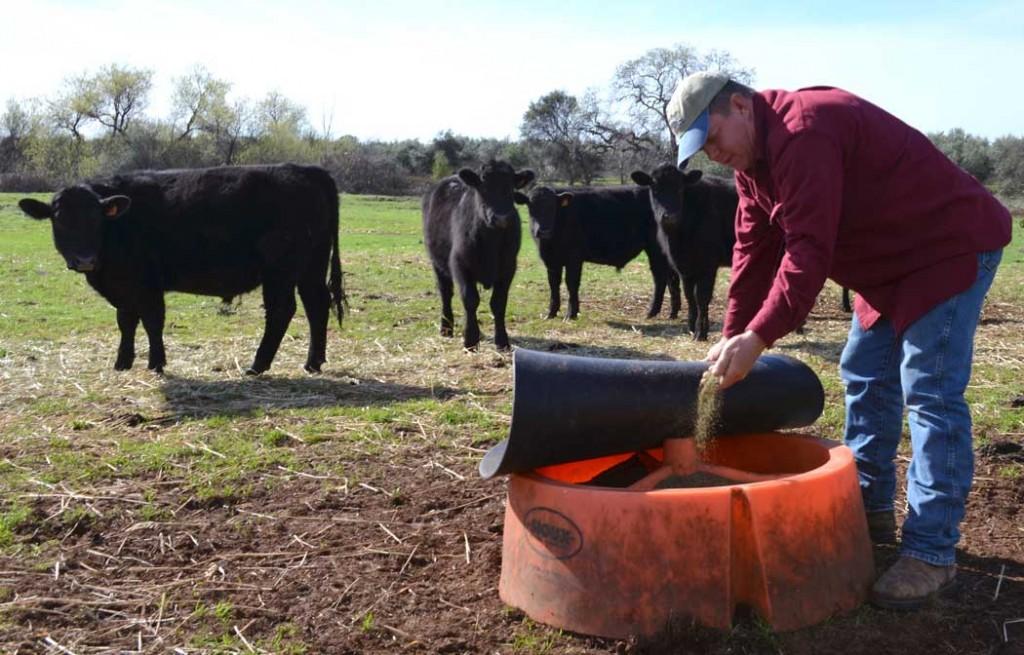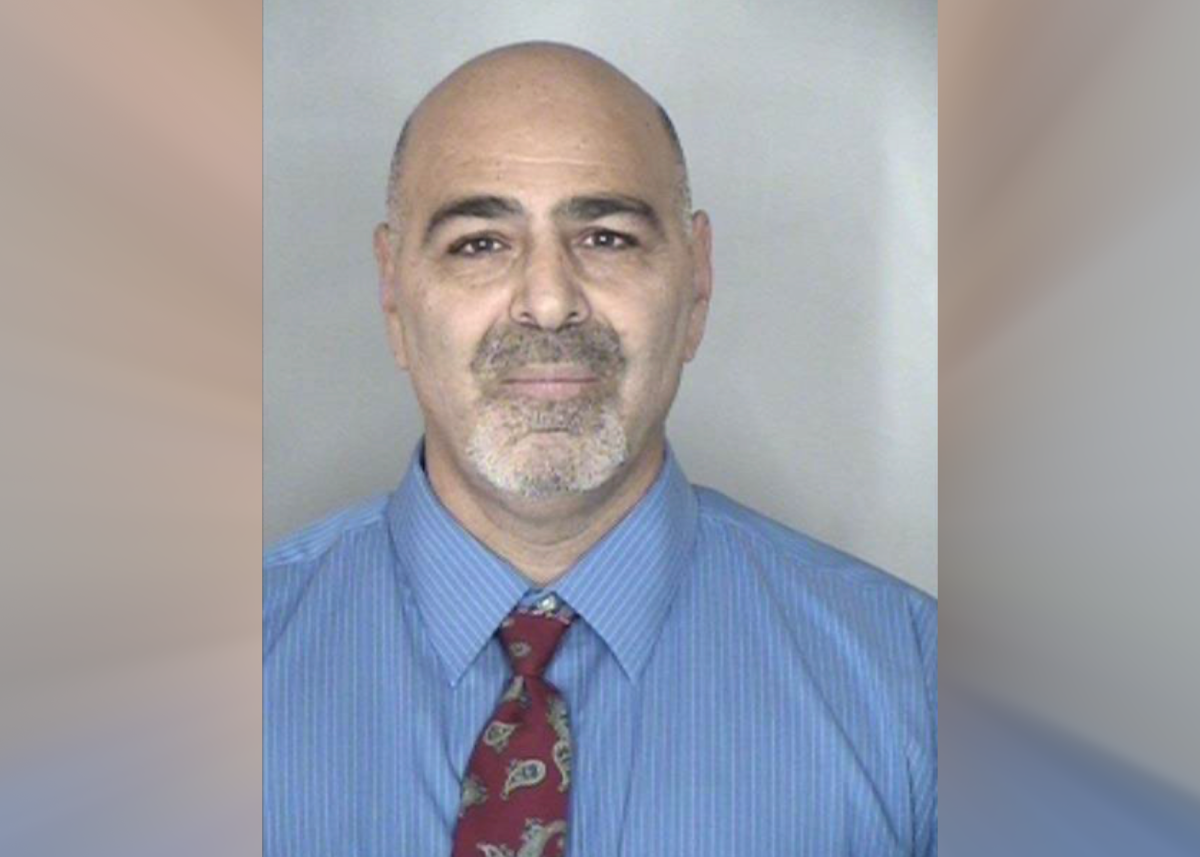
Because of persistent drought conditions, local ranchers have been selling parts of their animal herds to reduce the number of mouths to feed.
The animals need grass to eat, but the drought has kept grass from growing, said Christine Hantelman, co-owner of Wookey Ranch.
The ranchers protect their land by selling their cows, Hantelman said. If the cattle overgraze they can damage the land resource that is already depleting rapidly, and that is unsustainable.
Shannon Douglass, co-owner of Douglass Ranch, has sold all 15 of her steers, whose meat she usually sells at the Saturday Farmers Market.
However, she and Hantelman are holding on to their breeding stock so they can produce new calves.
Kurt Albrecht, co-owner of Chaffin Family Orchards, has sent up to a third of his herd out east where they’ll have feed.
“Those people that are looking for grass-fed meat, the supply is going to be limited this year,” Albrecht said. “So the people looking for local meats are going to have a tougher time finding them.”
Without rain filling ponds or pools, Albrecht has turned to hauling water and activating a well that he hasn’t used in a while to give his animals drinking water.
The continued use of groundwater will affect the supply that ranchers need to irrigate summer crops, Douglass said.
Ranchers often grow winter forage, such as oats or grass, which become hay for the animals. Natural rainfall is supposed to help these crops. Without rainfall, these crops will die, she said.
“There’s really tremendous concern,” Douglass said. “No seed growing in the hill. No winter forage growing in the valley, and there does not look like there is going to be much irrigation water, if any, for this summer.”
The Douglass Ranch has turned to hay to supplement its cows, and it will continue supplementing them in the summer, which the ranch usually wouldn’t do.
“Hay is high and hard to find and get frequently enough,” Douglass said. “So what really makes the most sense is you have to start selling some of the animals, so you literally have fewer mouths to feed.”
Chaffin Family Orchards is using beet pulp in a pellet form, which is nutritious and cheaper than hay, as a supplemental energy source for the animals. The farm is using wheat and grass hay as roughage to keep the animals’ digestive systems working.
Premium alfalfa hay costs $250 per ton in Butte County right now, said Tess Norwell, a United States Department of Agriculture market reporter. The hay cost $20 less last year.
Prices may continue to rise until the Sacramento Valley can refresh its hay supply, Norwell said.
“The problem is there’s just not enough hay in the Sacramento Valley,” Norwell said. “That’s why they’ve been going to Washington, Idaho and Southern California.”
All the ranchers agreed that this may drive beef prices higher. The prices will probably stay the same this year, but if the drought persists and animals have to continue to be sold, prices could rise next year, Hantelman said.
Yessenia Funes can be reached at [email protected] or @theorion_yfunes on Twitter.













